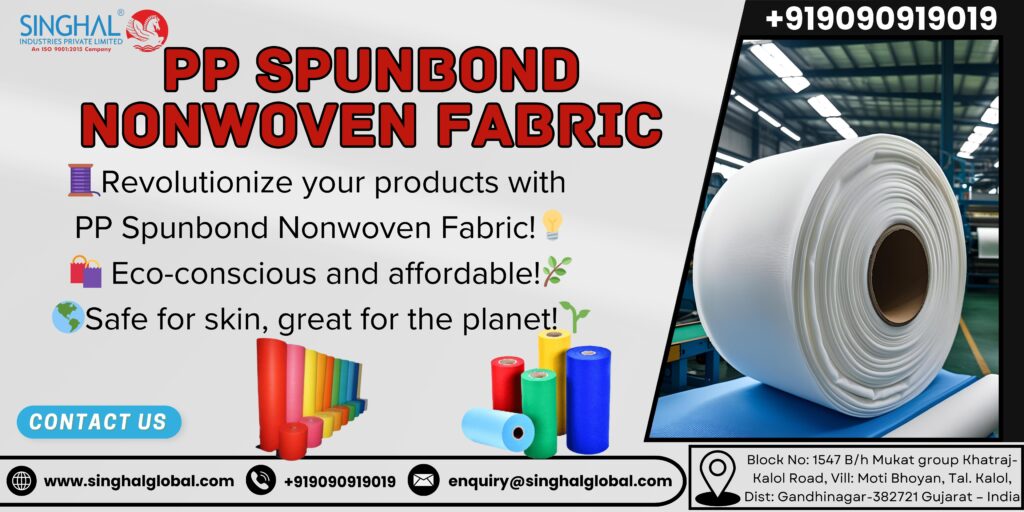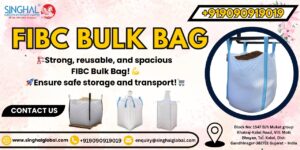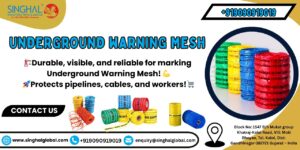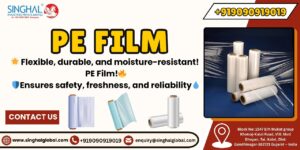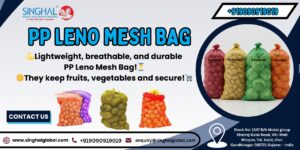Demand for high-performance materials is rising in many different sectors as the industrial world continues to develop quickly. One of the biggest textile developments this century is Polypropylene spunbond nonwoven fabric. Shifts from traditional textile to this material are seen more and more in agriculture, packaging, medicine and construction because it is strong, versatile, costs less and is environmentally safer.
We’ll look at why PP spunbond non woven fabric is surpassing other traditional textiles and changing the way modern industries work.
What Is PP Spunbond Nonwoven Fabric?
The fabric is produced using spunbonding, where polymer fibers are whisked into filaments. After laying the filaments into a web, they are joined together by either applying heat or pressure. The way nonwoven fabrics are created differs from how woven and knitted ones are made because they aren’t created by looping yarns.
In the end, the resulting product is solid, lightweight, breathable and easier on the wallet, compared to standard fabrics.
Key Advantages Over Traditional Textiles
1. Superior Strength and Durability
Moisture, sunlight or chemicals can wear down the strength of traditionally woven fabrics after a while. Nonetheless, PP spunbond non woven fabric is made for sustained efficiency. Because it is resistant to being torn, stretchable and strong, synthetic fabric can stand up to the challenges of construction and agriculture.
2. Cost-Effective and Easy to Produce
Polypropylene spunbond nonwoven fabric is made rapidly and in an efficient manner. That is why, in large quantities, recycled textiles are less expensive than natural products. Low manufacturing cost is a major plus for industries that rely on products that cannot be used again such as hospitals and food packaging.
3. Lightweight Yet Strong
It breathes easily and feels light, but it’s also sturdy. Because of its balance of strength and weight, it is excellent for packaging, protective clothing and uses in crop covers.
4. Water-Repellent and Breathable
Polypropylene’s lack of attraction to water makes it very moisture resistant. Because it doesn’t absorb water well, it becomes a strong choice for situations where water resistance is needed. At the same time, the easily breathable structure lets air pass through which plays a role in items such as face masks or in gardening.
5. Customizable and Versatile
PP non woven fabric comes in different colors, GSM, textures and thicknesses. It can be adjusted to match different sectors’ requirements. In addition to bags, mattress covers, seed blankets and medical gowns, this fabric suits a number of other uses.
Common Applications of PP Spunbond Fabric
Its flexibility and helpful features, PP spunbond non woven fabric is favored by many industries.
- Medical and Hygiene Products: These products are found in surgical masks, gowns, caps, disposable sheets and baby diapers.
- Agriculture: It is commonly used as crop cover, weed protector or a greenhouse‘s cover.
- Packaging: Having applications in nonwoven bags, gift wrap and protective packaging covers.
- Furniture: Substrates for sofa, cushion and mattress upholstery.
- Construction: It finds use in making roof linings, insulation and house wraps.
- Automotive: Put in cars for lining and sound insulation.
Why Businesses Are Choosing Polypropylene Spunbond Nonwoven Fabric
Companies looking for solutions that are both economical and will last a long time are now using pp non woven fabric. It becomes a useful alternative to cotton, jute or polyester and lets you adjust the strength, color and weight you need. In addition, the ability to recycle polypropylene fabric matches global commitments to sustainability and cuts down the environmental impact of mass production.
Environmental and Economic Impact
Spunbond non woven fabric from PP fibers attracts many, especially because it is environmentally friendly. Although made from synthetic polymer, polypropylene can be recycled and the way it’s produced results in less waste than other textile processes. More and more manufacturers are choosing to make biodegradable or partly recycled products.
Also, retail and food packaging are industries where PET is a good financial decision due to its simplicity and cheap production. When large amounts or one-time use applications are considered, PP non woven fabric offers a more effective return on investment than cotton or polyester fabrics.
Conclusion
As industries try to use better materials, polypropylene spunbond nonwoven fabric is showing up as a preferred choice. Because of its high strength, low cost and outstanding performance, composite materials are at the center of the future.
Switching to pp spunbond non woven fabric benefits manufacturers, packaging specialists and retailers by helping them succeed with less environmental impact and at a lower cost.
Frequently Asked Questions (FAQs)
Q1: What GSM options are available for PP Spunbond fabric?
A fabric’s GSM details how much it weighs and its thickness. The range for GSM of PP spunbond fabric is between 10 and 200 GSM. Masks and disposable sheets have a low GSM, while packaging, shopping bags and farming can benefit from higher GSM. Selecting the perfect GSM is based on your application and how much air and moisture you need it to allow.
Q2: How is PP Spunbond different from meltblown fabric?
Both spunbond and meltblown are classed as nonwoven fabrics, but they are made differently and used differently. Non woven PP spunbond fabric is stronger because its fibers are thicker. This lifestyle means it’s best suited for bags, clothing and lining upholstered furniture. Nonetheless, meltblown fabric includes finer fibers, allows greater filtration and so is often used in face masks and air filters. Many times, both fibers are intertwined to create powerful materials such as N95 masks.
Q3: Can PP Spunbond fabric be printed or dyed?
You can do flexographic, screen or offset printing on polypropylene spunbond nonwoven fabric. Because of this, polyethylene terephthalate (PET) is often used in packaging and promotion because it is easy to label or design colorfully. Dyeing polypropylene is a little more difficult since it has problems taking in dyes. To give fabrics different colors, manufacturers often mix pigments into the plastic during polymer extrusion.
Q4: Is PP Spunbond fabric washable or reusable?
Yes, it can be safely used and gently machine or hand washed as long as you choose the right GSM and use. As an illustration, using nonwoven bags with a high GSM PP cover makes them washable and usable many times. Avoid putting it through the machine laundry often, because it could get bent and lose its ability to support your baby. With single-use disposable applications, the standard low GSM is used.

